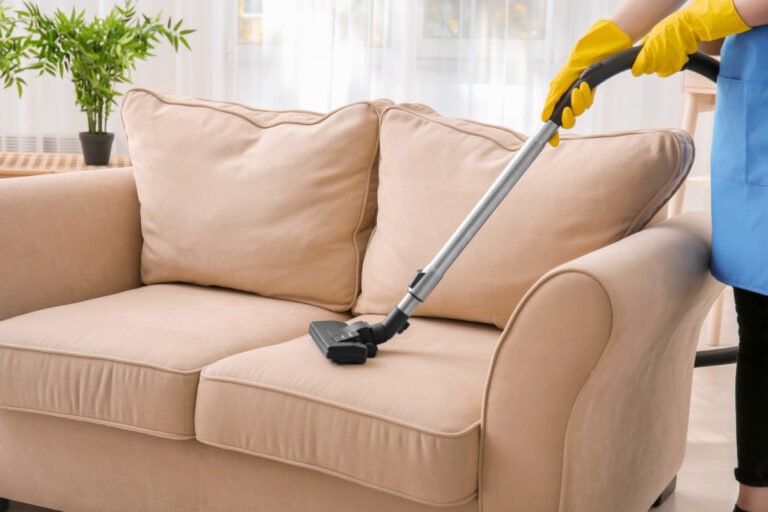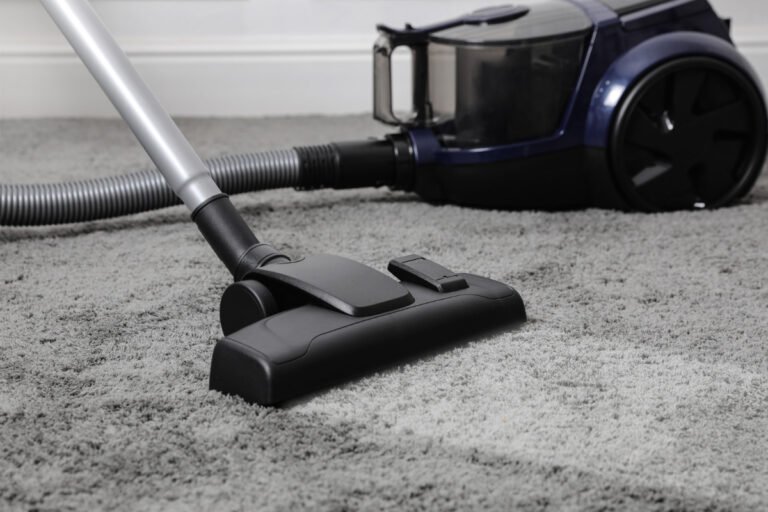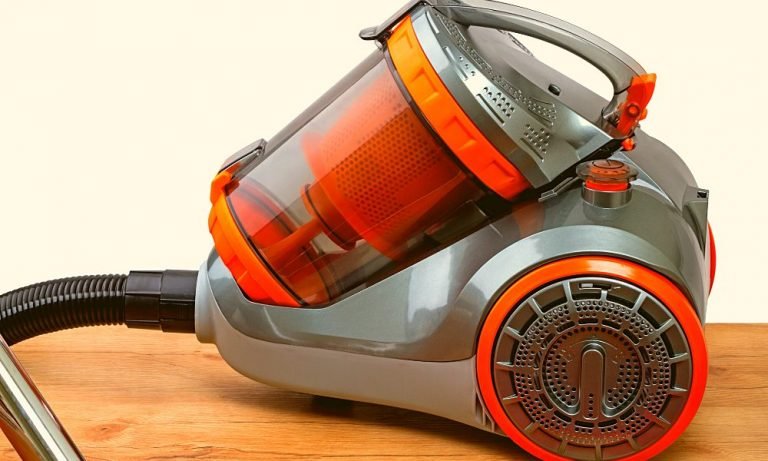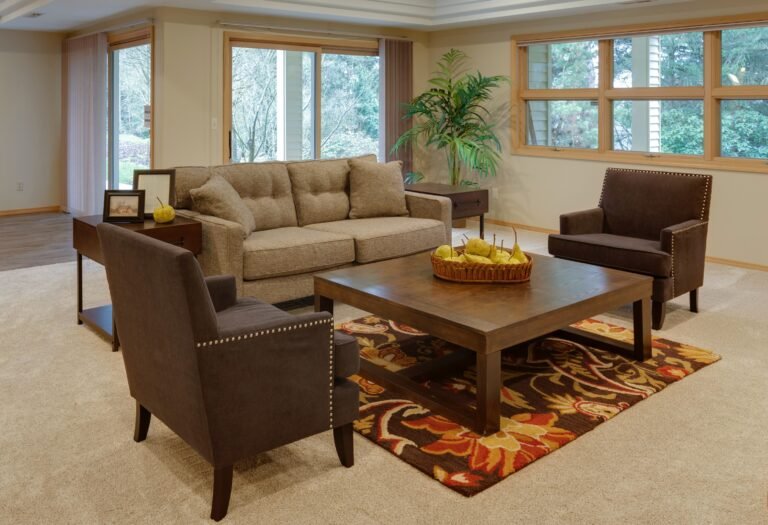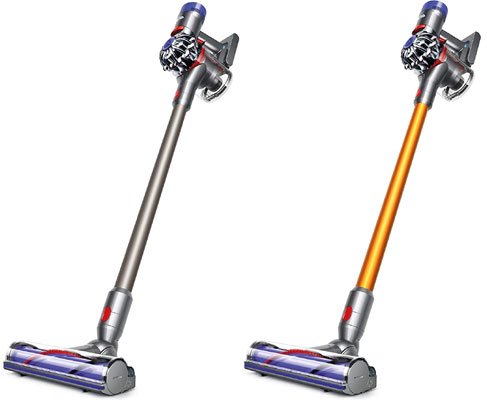A Comprehensive Comparison Of Vacuum Cleaner Vs. Air Purifier
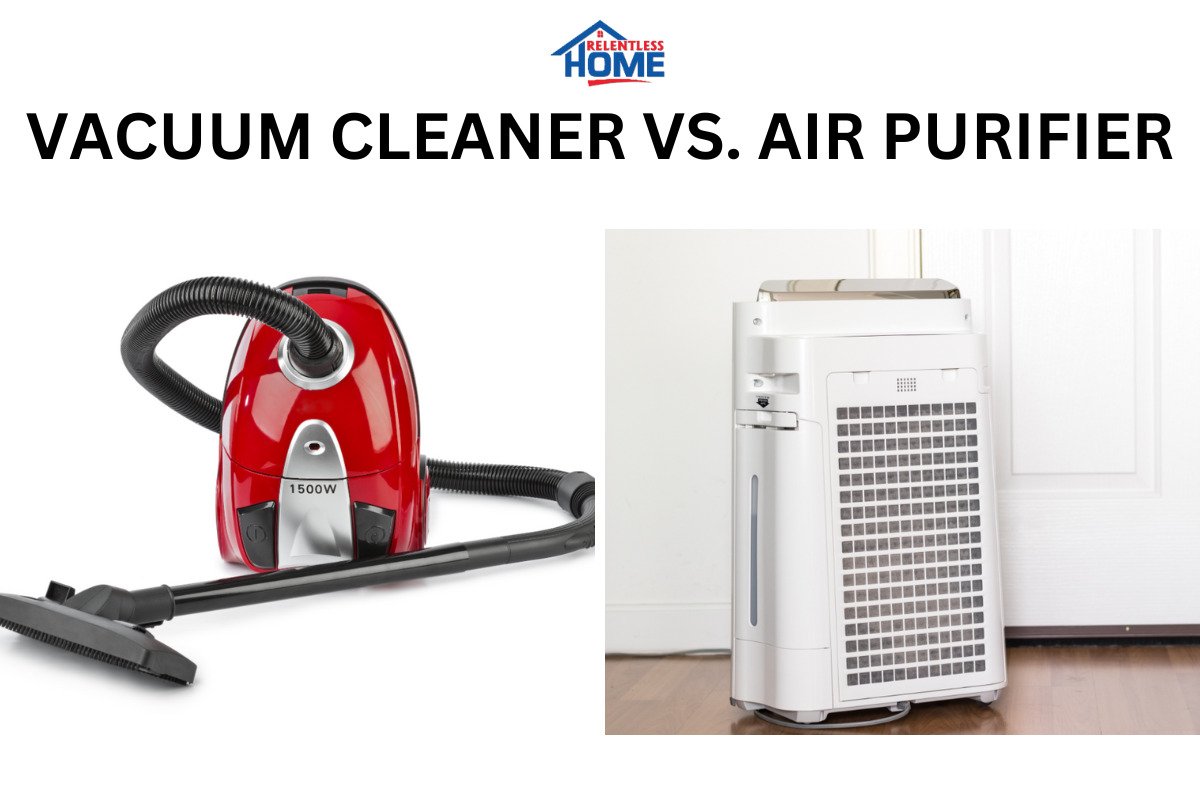
Are you exhausted from dusting and sneezing at home? Seeking for a clean, fresh air? We all know how important indoor air quality is, especially for our families. But with so many alternatives, where do we begin?Vacuum cleaner vs. air purifier? Who is the best at keeping our houses clean?
Take a closer look at these two popular household appliances: vacuum cleaner vs. air purifier. I want to help you choose the right one. Let’s get started!
Vacuum Cleaners Explained
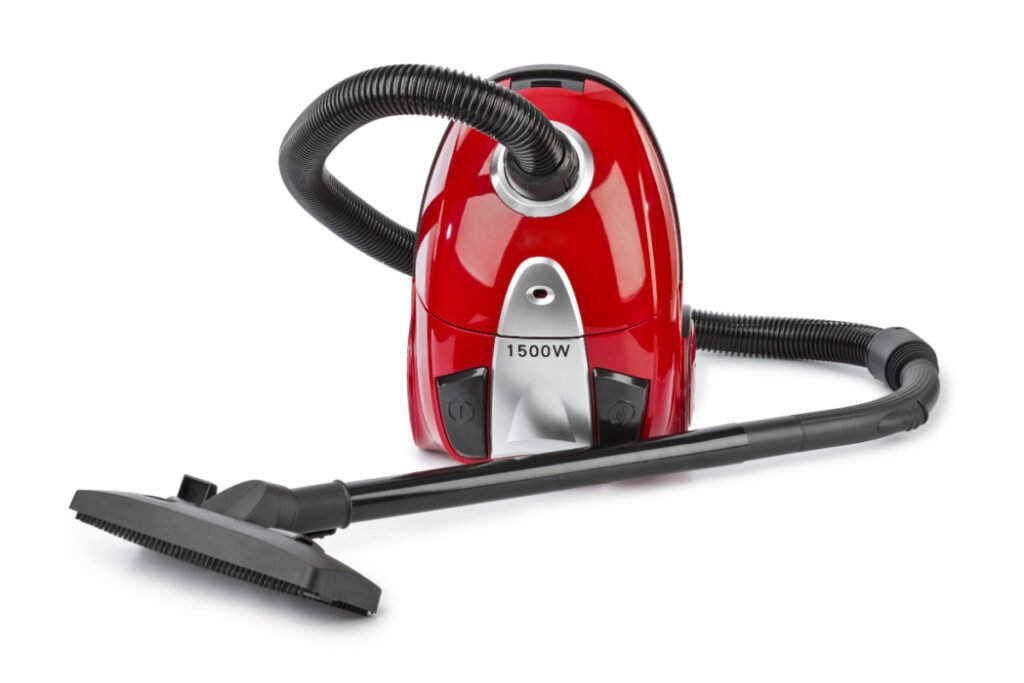
At first glance, a vacuum cleaner may seem like a complicated contraption, but fear not, for it operates on a simple yet effective principle. A vacuum cleaner creates suction, pulling in air and loose particles. This powerful suction is created by an electric motor that drives a fan or impeller, drawing air into the machine.
As the air enters, it passes through a series of filters designed to trap dust and debris. These filters prevent the captured particles from being released into the air, ensuring that what goes in stays. Once the air passes through the filters, it is expelled back into the surrounding environment, significantly cleaner than before.
━Types of Vacuum Cleaners━
- Upright vacuum cleaners are the classic choice, consisting of a cleaning head attached to a handle, with a built-in motor and dust collection bag or container. They are versatile and effective on carpets and hard floors, making them popular for many households.
- Canister vacuum cleaners, on the other hand, feature a separate canister unit connected to a cleaning head via a flexible hose. This design offers greater maneuverability, particularly for reaching under furniture or tackling stairs. Canister vacuums are also known for their powerful suction and versatility.
- Robot vacuum cleaners, the futuristic marvels of the cleaning world, operate autonomously, roaming your floors and intelligently navigating obstacles. Robot vacuum is equipped with sensors and programmed algorithms, these little helpers can make your life easier by automatically maintaining a clean floor while you focus on other tasks.
━Advantages of Using a Vacuum Cleaner━
When it comes to surface cleaning, vacuum cleaners have a myriad of advantages. Firstly, they save us valuable time and energy compared to manual methods like sweeping or mopping. With their powerful suction and various attachments, they can efficiently remove dirt, dust, pet hair, and other debris from carpets, rugs, and hard floors.
Additionally, vacuum cleaners can reach places that are challenging to clean manually, such as tight corners, under furniture, or along baseboards. They also help to reduce allergens in the home, as the filters trap particles like pollen, pet dander, and dust mites, preventing them from becoming airborne.
━Limitations in Addressing Air Quality Concerns━
While vacuum cleaners excel at surface cleaning, it’s important to note that they may have limitations when addressing air quality concerns. While they capture visible particles, they may struggle with smaller airborne pollutants like allergens, mold spores, or volatile organic compounds (VOCs).
Air Purifiers Unveiled
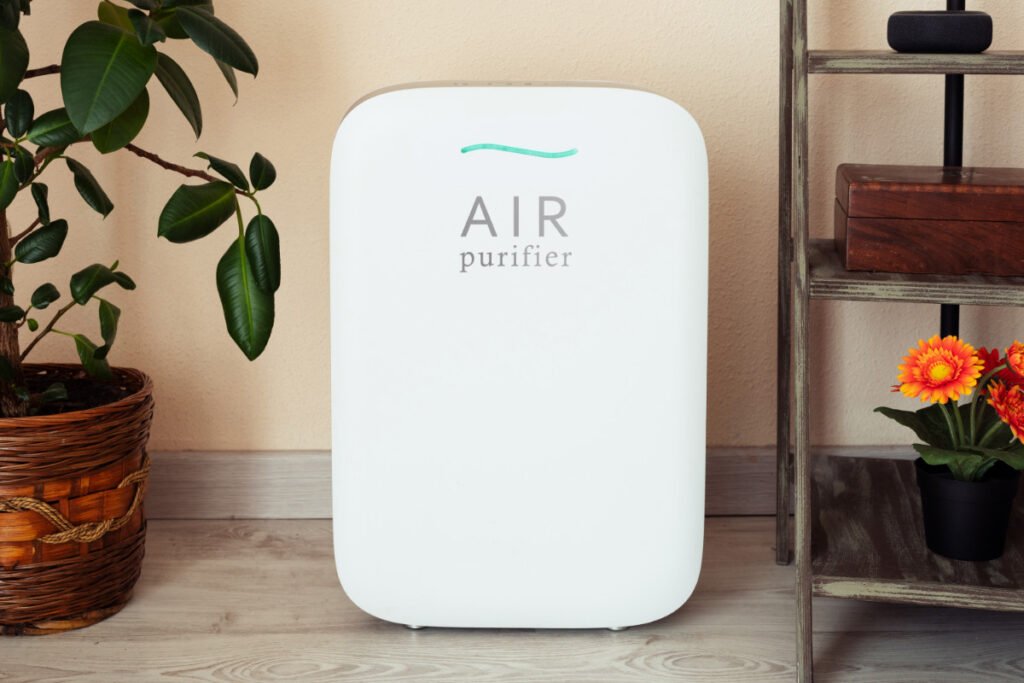
Air purifiers are devices designed to remove pollutants and contaminants, improving indoor air quality. These devices draw air into the unit and pass it through a series of filters, each designed to target specific pollutants.
━Different Types of Air Purifiers━
- HEPA (High-Efficiency Particulate Air) Filters: Dust, pollen, cat dander, and mold spores are easily captured by HEPA filters. These filters can trap particles as small as 0.3 microns with an efficiency of 99.97%.
- UV (Ultraviolet) Germicidal Irradiation: UV air purifiers use ultraviolet light to destroy microorganisms like bacteria, viruses, and mold spores. When the air passes through the purifier, the UV light kills these harmful pathogens, preventing them from circulating in your home.
- Activated Carbon Filters: Odors, gasses, and VOCs are easily removed using these filters. It contains activated charcoal, which chemically absorbs and traps these substances, leaving the air fresher and cleaner.
━The Role of Air Purifiers in Improving Indoor Air Quality━
Air purifiers are vital in improving indoor air quality by removing many pollutants and allergens. By eliminating these contaminants, air purifiers help reduce the risk of respiratory issues, allergies, and other health problems associated with poor air quality.
While primarily designed to improve air quality, air purifiers also offer advantages in terms of surface cleaning. As air passes through the filters, dust, pet dander, and other particles are captured, preventing them from settling on surfaces. This can significantly reduce the dusting and cleaning required, making your home cleaner and more enjoyable.
━Limitations in Terms of Surface Cleaning━
It’s important to note that while air purifiers can capture airborne particles, they may not address all surface cleaning needs. Larger particles that settle quickly, such as dirt or larger debris, may still require traditional cleaning methods like sweeping or vacuuming. Additionally, air purifiers may not be able to remove stains or spills from surfaces, as their primary function is to purify the air.
Vacuum Cleaner vs. Air Purifier: Choosing the Right Device

These devices offer distinct benefits in tackling dust, allergens, and pollutants, but which one should you choose? Vacuum Cleaner vs. Air Purifier? In order to determine which device is best suited for your needs, it’s essential to evaluate them based on several important criteria. Let’s take a closer look at these factors:
➨Effectiveness:
Both vacuum cleaners and air purifiers aim to improve the cleanliness and quality of your indoor environment but in different ways. Vacuum cleaners excel at removing visible dirt, dust, and debris from surfaces, while air purifiers focus on capturing and eliminating microscopic particles, allergens, and pollutants floating in the air.
➨Versatility:
Consider how versatile each device addresses various cleaning and air quality concerns. Vacuum cleaners are highly versatile and capable of cleaning multiple surfaces, including carpets, hardwood floors, and upholstery. In contrast, air purifiers primarily focus on purifying the air and may have limited surface cleaning capabilities.
➨Maintenance:
Evaluate the maintenance required for each device to ensure optimal performance. Vacuum cleaners typically require regular emptying of dust collection bags or containers, filter replacements, and occasional brush cleaning. Air purifiers often require filter replacements or cleaning, depending on the type of purification technology used.
➨Cost:
Price is always a crucial consideration. Vacuum cleaners come in a wide range of prices, depending on the type and features. Similarly, air purifiers vary in cost, with factors such as size, filtration technology, and additional features influencing the price.
Detailed Analysis of How Each Tackles Dust, Allergens, and Pollutants
Now let’s take a closer look at how vacuum cleaners and air purifiers tackle common household concerns:
- Dust: Vacuum cleaners effectively remove visible dust from surfaces, such as carpets, floors, and furniture. They use suction power and various attachments to capture and contain dust particles.
- Allergens: Air purifiers specialize in capturing and eliminating allergens, such as pollen, pet dander, and mold spores. They employ advanced filtration systems to trap and neutralize these particles, including HEPA filters, UV germicidal irradiation, and activated carbon filters.
- Pollutants: Air purifiers are designed to combat indoor pollutants, including volatile organic compounds (VOCs) and odors. Activated carbon filters in air purifiers absorb and trap these pollutants, improving air quality.
It’s important to note that while vacuum cleaners can remove visible dirt and debris from surfaces, they may not capture smaller airborne particles like allergens or pollutants. Conversely, while air purifiers significantly improve air quality, they may have a different level of effectiveness regarding surface cleaning.
Factors to Consider
Several key factors should be considered when choosing between standalone air purifiers or combined devices that integrate air purifying technology. Consider the following factors:
- Room Size: The size of the room plays a vital role in determining the appropriate device. Larger rooms require more powerful standalone air purifiers, while smaller spaces benefit from integrated solutions.
- Types of Pollutants: Identify the specific pollutants you want to target. Different devices excel at removing different types of pollutants, such as dust, pollen, pet dander, or volatile organic compounds (VOCs). Understanding your specific needs will help you choose the most suitable ally.
- Budget: Determine your budgetary constraints. Standalone air purifiers often come at varying price points depending on their features and technology. Integrated solutions may have a higher upfront cost due to integrating air purifying technology with other systems.
Real-Life Scenarios: Which Device Suits Specific Needs?
For you to determine which device suits your specific needs, consider the following real-life scenarios:
- If you have pets and struggle with pet hair and dander, a vacuum cleaner with strong suction and specialized pet hair attachments may be ideal.
- If you or your family members suffer from allergies or asthma, an air purifier with HEPA filters can effectively capture and eliminate allergens, providing cleaner air to breathe.
- If you are concerned about overall air quality, especially in areas prone to pollution or odors, an air purifier with activated carbon filters can help remove pollutants and neutralize unpleasant smells.
Both devices play vital roles in maintaining a clean and healthy home environment in the battle between vacuum cleaners and air purifiers. While vacuum cleaners excel at surface cleaning removing visible dirt and debris, air purifiers focus on capturing microscopic particles, allergens, and pollutants, improving indoor air quality.
Practical Tips for Integrating Them into a Cleaning Routine
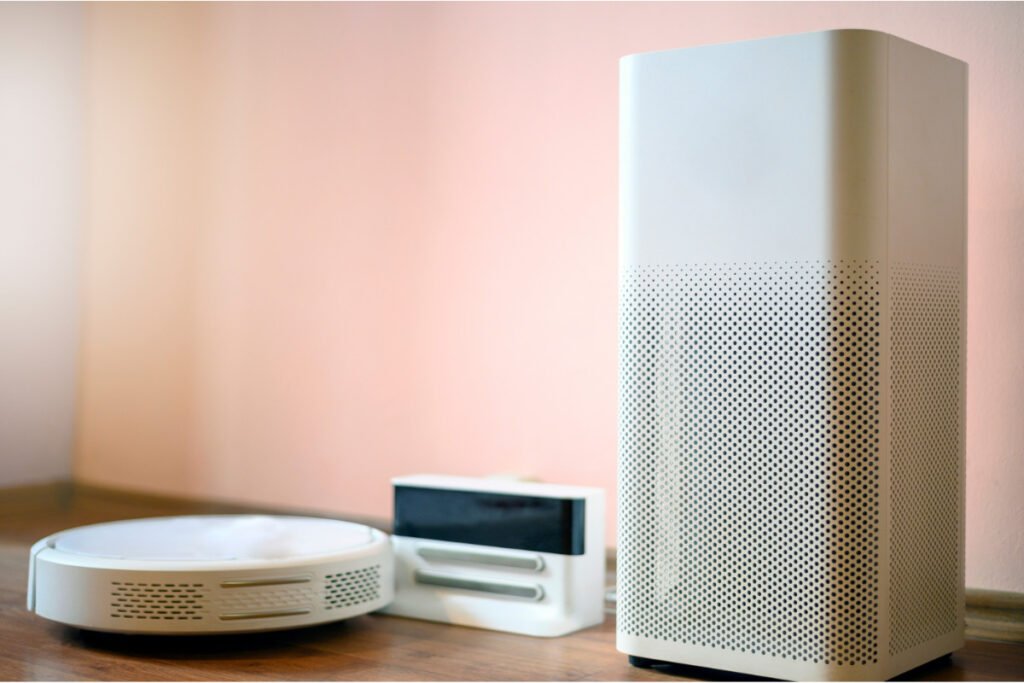
Yes, you read it right! You can use both vacuum cleaners and air purifiers in your cleaning routine. Here are some practical tips for integrating them into your regular cleaning tasks:
➬Start with vacuuming:
Begin cleaning by thoroughly vacuuming all surfaces, including floors, carpets, upholstery, and curtains. It will remove visible dirt and debris, preventing them from becoming airborne and clogging the filters of your air purifier.
➬Position air purifiers strategically:
Place air purifiers in rooms where you spend the most time or where allergens and pollutants tend to accumulate, such as bedrooms or living areas. This ensures that the air in these spaces is constantly purified.
➬Follow the manufacturer’s instructions:
Read and follow the manufacturer’s instructions for both your vacuum cleaner and air purifier. It includes filter replacement, cleaning, and maintenance guidelines to ensure optimal performance from both devices.
➬Regularly clean filters:
Clean or replace the filters in your vacuum cleaner and air purifier as the manufacturers recommend. It helps maintain their efficiency and prolongs their lifespan, ensuring they continue to clean your home and purify the air effectively.
By using both vacuum cleaners and air purifiers, you can achieve optimal results in creating a clean and healthy living environment.
╌Pros and Cons of Standalone Use vs. Combined Use╌
While using both vacuum cleaners and air purifiers in your cleaning routine offers many benefits, here are some factors to consider when deciding whether to use them separately or together:
Standalone Use:
Pros: Standalone air purifiers offer dedicated air purification capabilities, often with advanced filtration systems. They are highly effective in removing airborne pollutants and improving indoor air quality.
Cons: Standalone air purifiers may require additional space in your home, and the cost can be higher than integrated options. They may not address other concerns, such as temperature control or humidity regulation.
Combined Use:
Pros: Integrated devices that combine air purifying technology with other systems offer a comprehensive solution. They can provide air purification and other functionalities like heating, cooling, or humidity control. They save space and offer convenience.
Cons: Integrated devices may have limitations in terms of filtration efficiency compared to standalone air purifiers. They may be less specialized or powerful in addressing specific air purification needs.
Maintenance Matters: Tips for Longevity
In order to keep your vacuum cleaner and air purifier in top condition, it’s important to understand their specific maintenance requirements. Here are some key points to consider:
∎Vacuum Cleaners:
- Empty dust collection bags or containers regularly to prevent clogging and maintain suction power.
- Clean or replace filters on a regular basis to ensure efficient filtration and prevent dust buildup.
- Check and clean brushes or bristles to remove tangled hair, fibers, or debris that may hinder performance.
- Inspect and unclog hoses or attachments to maintain optimal suction and prevent blockages.
- Store your vacuum cleaner properly, protecting it from dust and environmental damage when not in use.
∎Air Purifiers:
- Regularly clean or replace filters as recommended by the manufacturer. This ensures the air purifier continues to capture allergens and pollutants effectively.
- Clean the exterior of the air purifier to remove dust or dirt buildup, ensuring unobstructed air intake and output.
- Check and clean any pre-filters or pre-screens that may be present, as they can accumulate larger particles and require regular maintenance.
- Keep the area around the air purifier clean to prevent dust and debris from being drawn into the device.
╌Cost Considerations╌
Maintaining vacuum cleaners and air purifiers involves some cost considerations. It’s important to factor in the expenses associated with filters, bags, and other consumables. Consider the following:
- Filters: Vacuum cleaners and air purifiers require regular filter replacements to maintain efficiency. Factor in the cost of replacing filters and consider the recommended frequency for replacements.
- Bags: If your vacuum cleaner uses bags, consider the cost of purchasing new bags and how frequently they need to be replaced. Opting for reusable cloth bags can be a more economical and sustainable choice in the long run.
- Other Consumables: Some vacuum cleaners may require additional consumables, such as belts or brushes, which may need periodic replacement. Consider the cost and availability of these items when budgeting for maintenance.
- Energy Consumption: Factor in the cost of energy consumption when using vacuum cleaners and air purifiers. Look for models with energy-saving features or options to adjust power settings to help reduce electricity costs.
- Servicing: It’s important to regularly service your vacuum cleaner and air purifier, especially if used frequently or in high-traffic areas. Consider the cost of professional servicing or the time and resources needed for DIY maintenance.
By considering these factors, you can better understand the overall cost of maintaining your vacuum cleaner and air purifier. It’s important to factor in these costs when purchasing and budgeting for ongoing maintenance expenses. Proper maintenance ensures the longevity and efficiency of your devices and helps create a cleaner and healthier living environment.
Frequently Asked Questions
How often should I use a vacuum cleaner for optimal cleanliness?
For optimal cleanliness, it is recommended to use a vacuum cleaner at least once a week. However, the frequency may vary based on factors such as the size of your home, the number of occupants, and the level of foot traffic. High-traffic areas, such as living rooms and hallways, may require more frequent vacuuming to keep them clean and free from dirt and debris.
Are there specific considerations for choosing a vacuum cleaner based on flooring type?
Yes, there are specific considerations when choosing a vacuum cleaner based on your flooring type. For carpets, look for a vacuum cleaner with strong suction power and beater brush or rotating brush attachments to remove embedded dirt and pet hair effectively. For hard floors, choose a vacuum cleaner with adjustable suction settings, specialized floor brush attachments, and features like a soft brush or microfiber pad to avoid scratching the surface while picking up dust and debris.
Can a vacuum cleaner replace the need for an air purifier?
While vacuum cleaners play a crucial role in removing visible dirt and debris from surfaces, they cannot completely replace the need for an air purifier. Air purifiers are designed to capture and eliminate microscopic particles, allergens, and pollutants from the air, improving indoor air quality. Vacuum cleaners primarily focus on cleaning surfaces, while air purifiers work to purify the air you breathe. Using both devices in conjunction provides a more comprehensive approach to maintaining a clean and healthy living environment.
How do air purifiers differ from vacuum cleaners in terms of technology and function?
Air purifiers and vacuum cleaners differ in technology and function. Air purifiers utilize technologies such as HEPA filters, activated carbon filters, or ionizers to capture and eliminate airborne particles, allergens, and pollutants. They work by circulating the air in a room and filtering out harmful substances. On the other hand, vacuum cleaners use suction power and specialized attachments to remove visible dirt, dust, and debris from surfaces such as floors, carpets, and furniture. While both devices contribute to a cleaner environment, their primary functions and technologies are distinct.
Are there any safety concerns associated with air purifiers or vacuum cleaners?
When used properly, air purifiers and vacuum cleaners are generally safe to use. However, following the manufacturer’s instructions and safety guidelines is important. Some general safety considerations include:
- Avoiding overloading electrical outlets and using surge protectors.
- Regularly cleaning or replacing filters to avoid clogging and maintain efficiency.
- Ensuring proper ventilation when operating air purifiers, especially if they generate ozone.
- Keeping cords and hoses away from hot surfaces or sharp edges to prevent damage.
Following these safety precautions helps minimize potential risks associated with air purifiers and vacuum cleaners.
Are there energy efficiency differences between various models of vacuum cleaners and air purifiers?
Yes, there can be energy efficiency differences between different models of vacuum cleaners and air purifiers. Energy-efficient models are designed to consume less power while still maintaining effective performance. Look for appliances with Energy Star certifications or labels that indicate their energy efficiency ratings. Additionally, consider features like variable speed settings or automatic sensors that adjust power usage based on the level of cleaning required. Choosing energy-efficient models not only helps reduce your carbon footprint but also saves on electricity costs in the long run.
Final Words
After researching and comparing the benefits and drawbacks of vacuum cleaners vs. air purifiers, I believe air purifiers are the superior choice. Not only do they help remove harmful particles from the air, but they can also alleviate allergies and improve overall air quality. While vacuum cleaners are great for removing surface-level dust and debris, they do not offer the same purification and health benefits as an air purifier.
As someone who values clean and healthy living spaces, investing in an air purifier is well worth it. The choice between a vacuum cleaner vs. air purifier ultimately comes down to personal preference and priorities. However, you can combine both for maximum cleanliness and health benefits. Remember to research and choose models that best fit your specific needs and budget. Here’s to keeping our homes clean!


